This was my first return to Vietnam since 2012. A lot can change in that time, and I wanted to see it with fresh eyes, but also as someone shaping journeys for clients.
The trip was short and intense: seven nights across the north, central, and south. Far faster than I’d ever recommend, but enough to get the up-to-date perspective I needed. What follows is an experience report — my impressions, observations, and lessons — written for clients and readers who want to understand what Vietnam offers families, couples, and travellers looking for something memorable.
I have broken this report into the three distinct regions of North, Central and South Vietnam, with general commentary and possibly traveller itineraries.
Northern Vietnam
Hanoi
Hanoi feels both chaotic and timeless. A city of eight million, built on an old layout that long predates cars, with boulevards shaded by trees and lakes scattered between neighbourhoods. The French colonial influence is easy to see in the architecture, from St. Joseph’s Cathedral to the tiled façades, and then there are the narrow tube houses that stretch back from the street. They exist because taxes were once based on street frontage.
The real character is on the streets. Scooters buzz constantly. Crossing the road becomes an art form: step out steadily, keep your pace, and let the traffic flow around you. No one honks in anger, no frustration, just a collective understanding of how the city works. After a day or two it becomes almost natural.
Compared to Ho Chi Minh City later on, I noticed Hanoi carried less of a sense of shared ownership in its public spaces. Littering was common, rubbish collected eventually but not prevented. It was an interesting contrast.
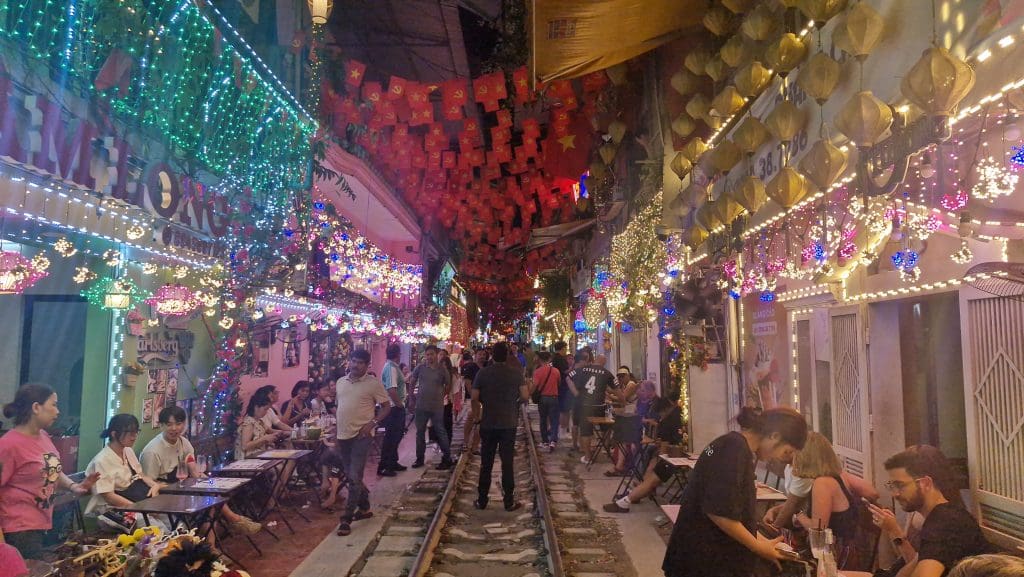
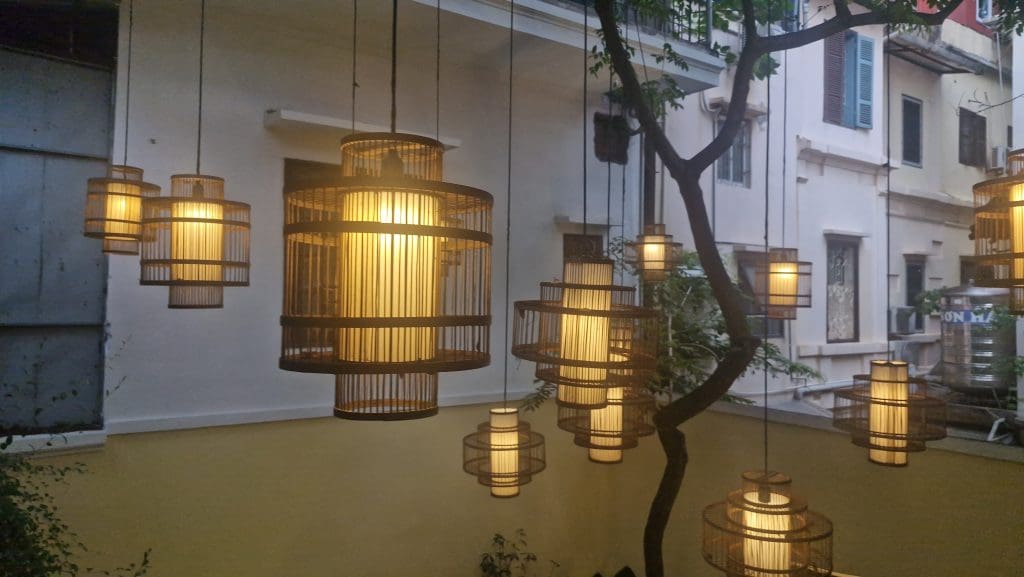
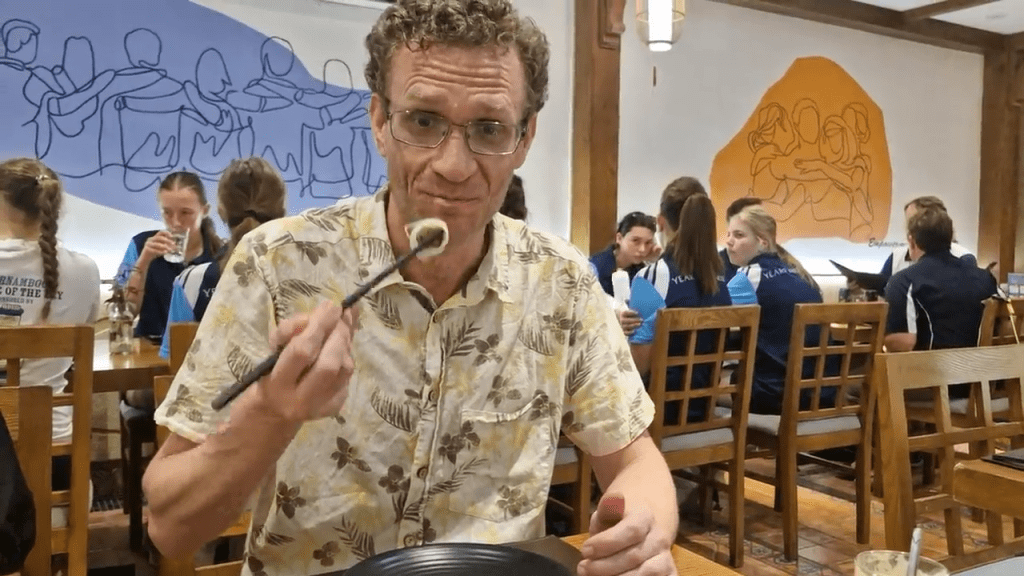
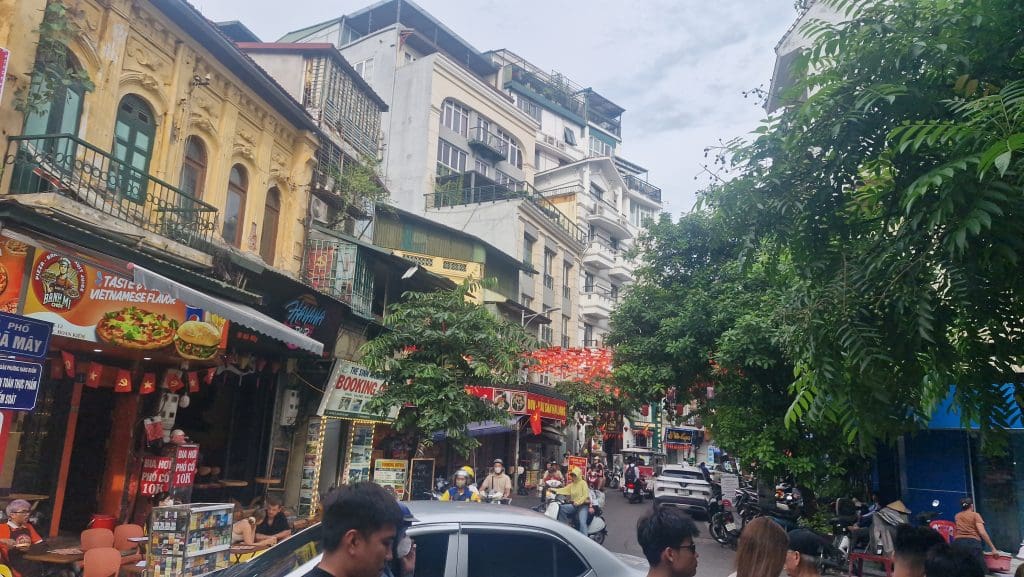
Food is everywhere. Egg coffee, invented when milk was scarce, is now a specialty and tastes far better than it sounds. Pho is the daily staple, savoury in the north compared with the spice of central Vietnam and the sweetness of the south. I queued at a tiny Michelin-recognised pho shop where the broth was extraordinary. Four and a half dollars in New Zealand money, eaten elbow-to-elbow with locals, no frills and unforgettable.
The Old Quarter is a jumble of markets, bars, and Train Street where cafés squeeze up against the railway line. It’s raw and lively, more suited to couples or travellers looking for the full street-level experience. Across the lake, the French Quarter is calmer, with lakeside walks, water puppets, and broad boulevards. Next time I’d base myself there — better for families and still atmospheric.
The weight of history is never far away. At the Ho Chi Minh Mausoleum, guards keep strict order as you file past the preserved body of “Uncle Ho.” At the Temple of Literature, stone steles carved with Chinese characters show a thousand years of Confucian tradition, before the switch to Romanised Vietnamese. Both are fascinating, though less suited to younger children.
Two to three days is enough here. Long enough to feel the city’s rhythm, short enough not to be worn out by the chaos. A good guide makes the difference, opening doors and shaping the time so you can focus on what matters.
Halong Bay
Halong Bay is a 2.5-hour drive from Hanoi, thanks to a new highway finished in 2018. What waits is extraordinary: thousands of limestone karsts rising out of the sea, wrapped in mist and legend. Locals say dragons dropped their eggs here to form a shield against invaders.
The day trip option gives you five hours on the water before the long drive back. The overnight cruise, though, is where Halong reveals itself. Our boat was rated four-star, with spacious cabins, a rooftop bar, and meals plated like works of art. Boats now are steel-hulled, safe and comfortable.
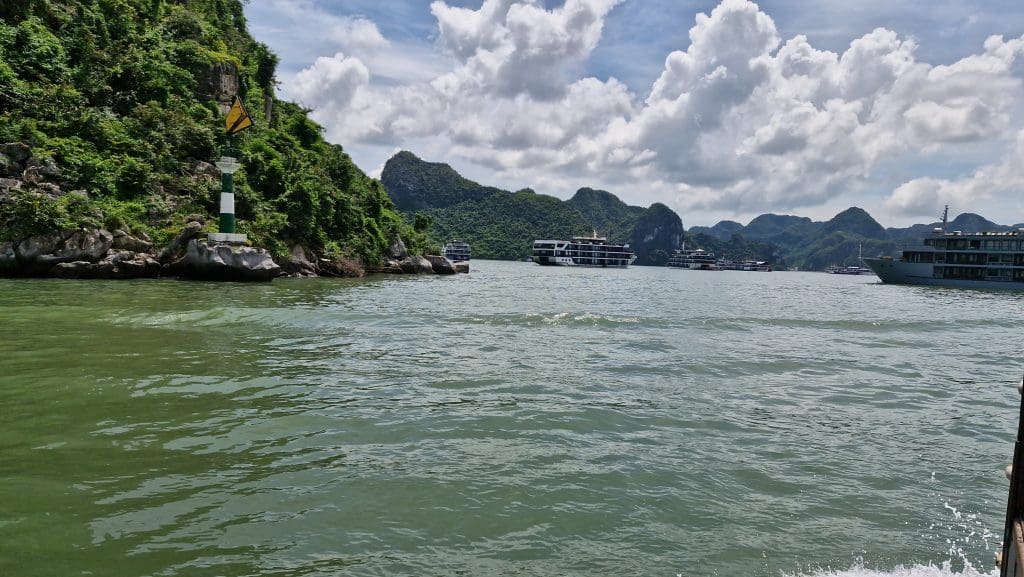
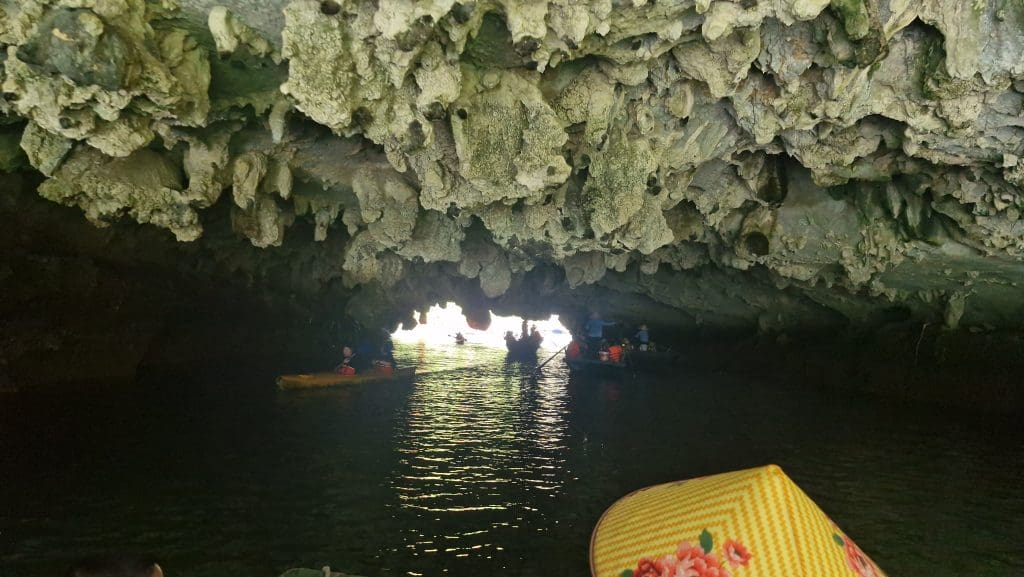
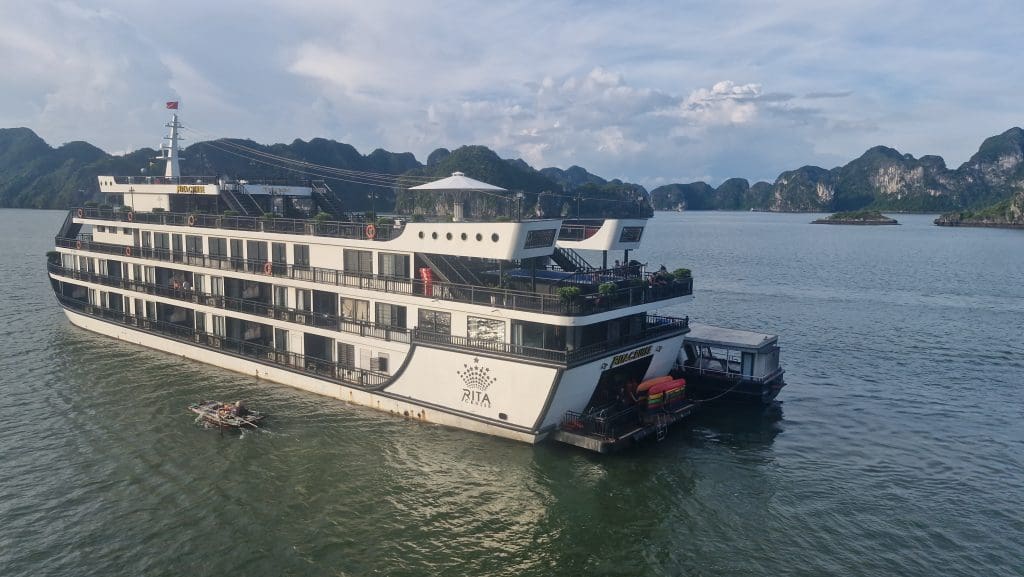
Days were filled with activities — kayaking through caves, tai chi on deck, a cooking class, swimming, and walking through a cavern lit in vivid colours. Nights were calm, the bay stretching silent around us. The only disappointment was the sight of plastic drifting in the water.
Halong town itself is more developed than I expected, with apartments and yachts along the shore. Many yachts sit idle due to strict regulations, a reminder of the region’s growing pains. If I returned, I’d consider staying a night in town before boarding, perhaps taking a scenic flight to see the karsts from above before sailing among them.
If you make the journey, give it the time it deserves. One night at minimum, two if you can. Halong Bay lingers long after you leave.
Central Vietnam
Hoi An
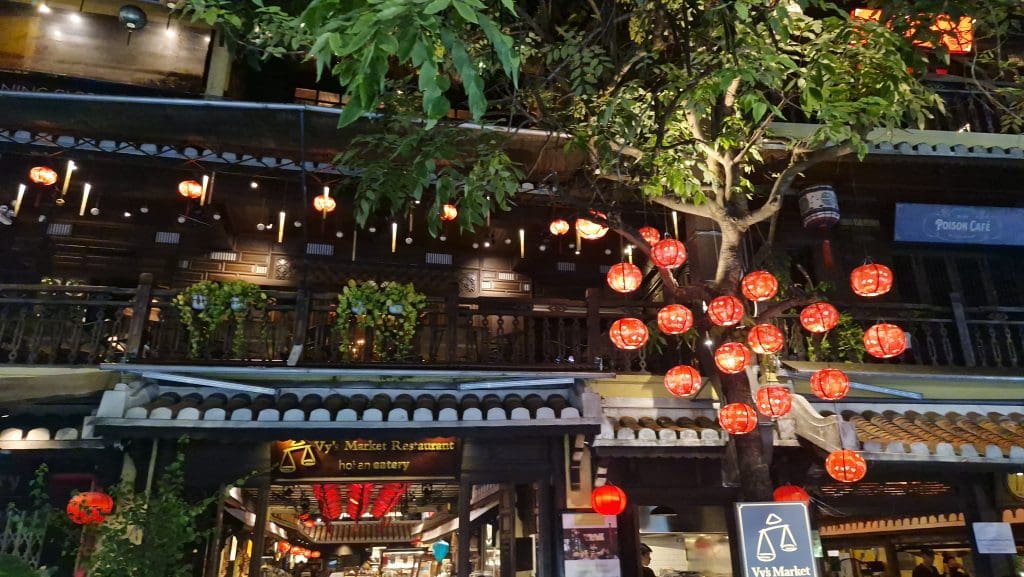
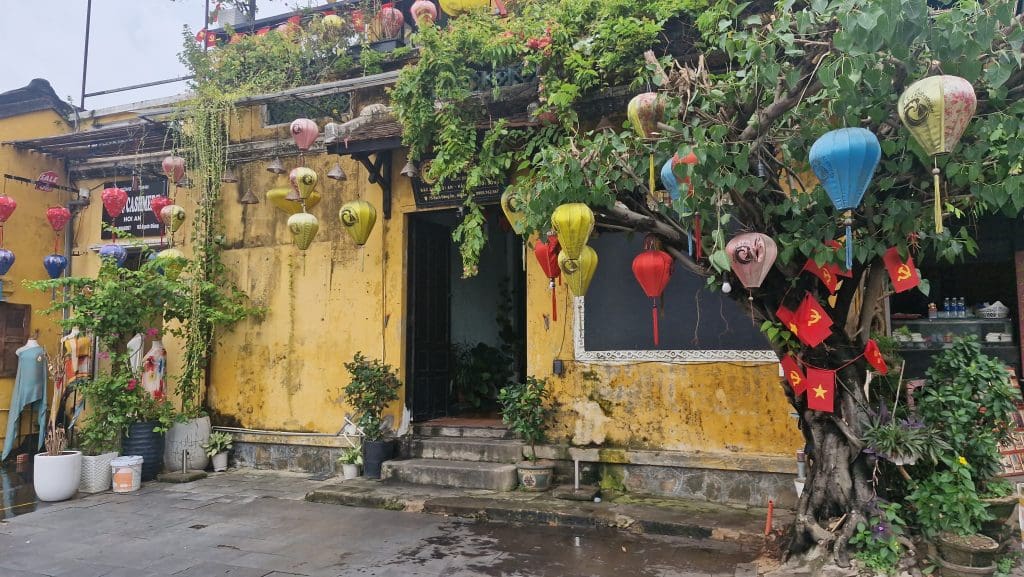
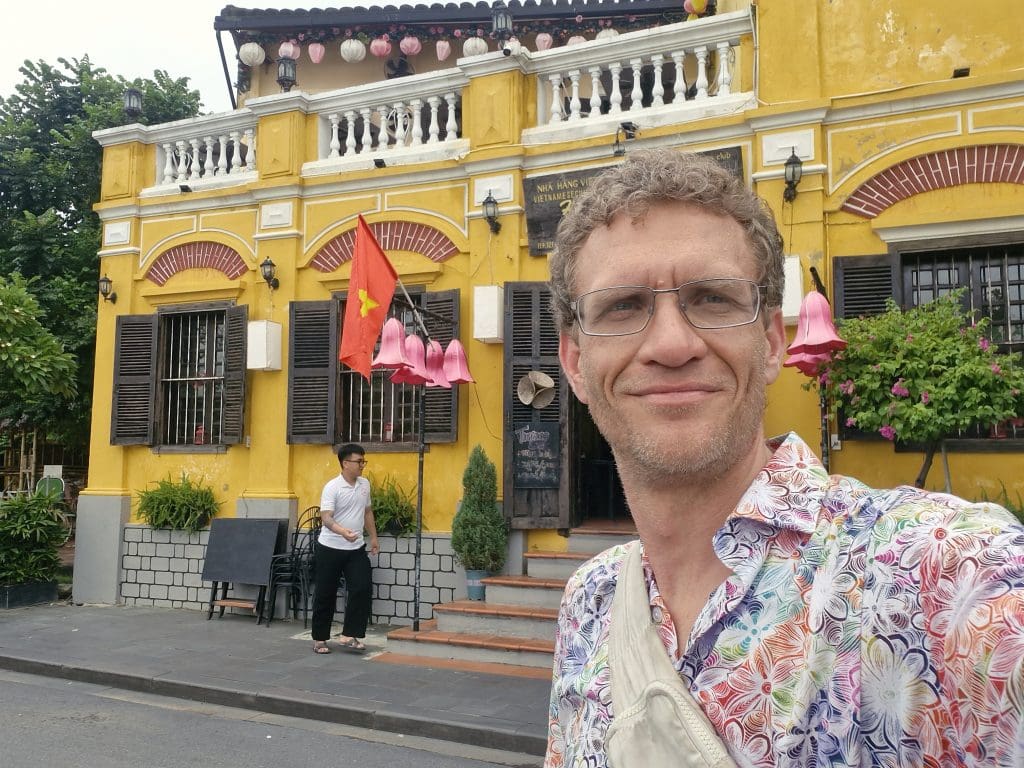
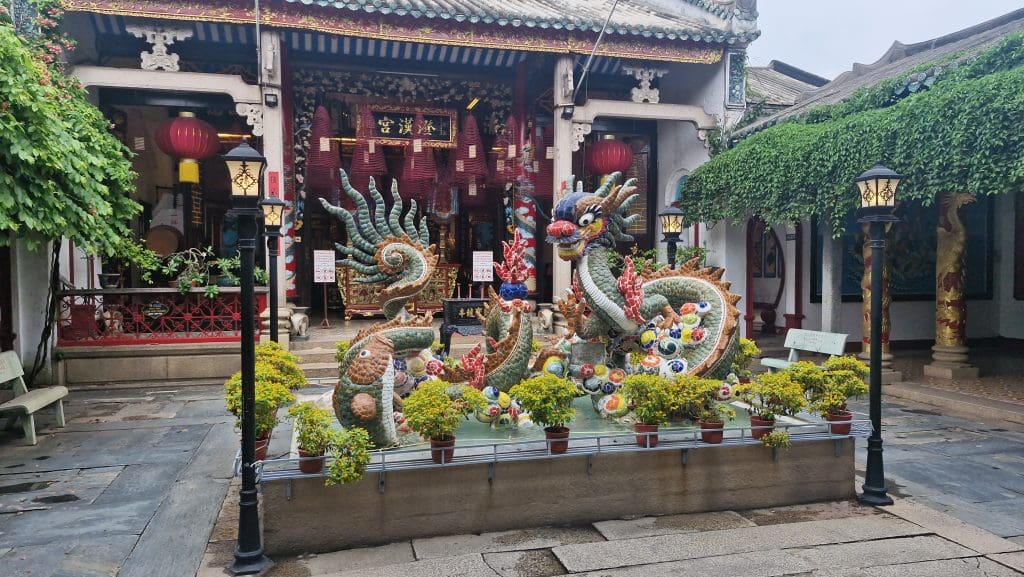
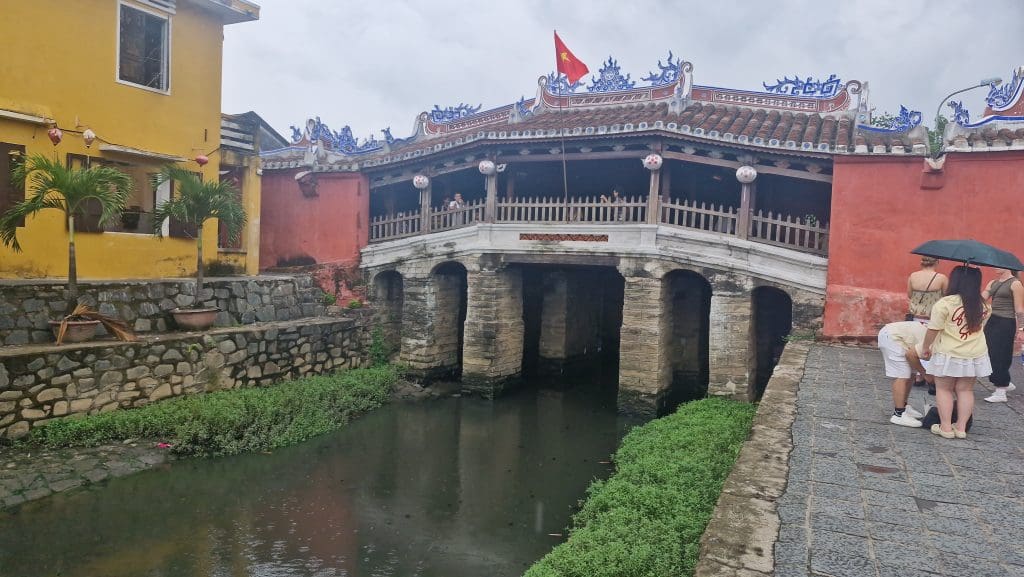
Hoi An is Vietnam at its most picture-perfect. The Old Town, painted in shades of yellow, is closed to cars and lit at night by hundreds of lanterns. It’s easy to see why it holds UNESCO World Heritage status. At street level, cafés spill out onto pavements, tailors call you inside for fittings, and the Thu Bon River winds past houses that have stood for centuries.
Tailoring is almost a rite of passage here. Shirts, dresses, and suits can be turned around overnight. Leatherwork and silk are equally good. The quality is high enough that many tailors will ship follow-up orders abroad. It’s a mix of tradition and modern commerce that works surprisingly well.
Days in Hoi An move slower. You can cycle through rice paddies, spend a morning at a cooking class, or take a boat out at night to release a lantern onto the river. Across the bridge, the newer district has a strip of nightlife with clubs and neon. It feels less authentic, and like anywhere with that energy, you need to be careful with drinks.
Beyond the Old Town, two easy day trips stand out. Da Nang, only 30 minutes away, is booming with beach resorts, golf courses, and a sense of prosperity that makes it feel very different to Hoi An. My Son, an hour inland, holds the ruins of Cham temples. Smaller than Angkor in Cambodia but with its own quiet charm, it’s worth the journey if you’re interested in history.
Three nights feels about right in Hoi An. Long enough to enjoy the town at an easy pace and to explore nearby, without it tipping into repetition.
Sidebar: Wellness and Performance Health
One surprise on this trip was seeing how wellness and medical services are being woven into hospitality. The hotel I stayed at in Hoi An had facilities you’d expect in a clinic rather than a resort — IV therapy, hyperbaric chambers, and medical-grade diagnostics available alongside its spa. For travellers focused on health and recovery, it opens up a new angle. Most visitors will choose a more traditional hotel, but for the right person it could be an appealing option to combine relaxation with performance health.
Southern Vietnam
Ho Chi Minh City
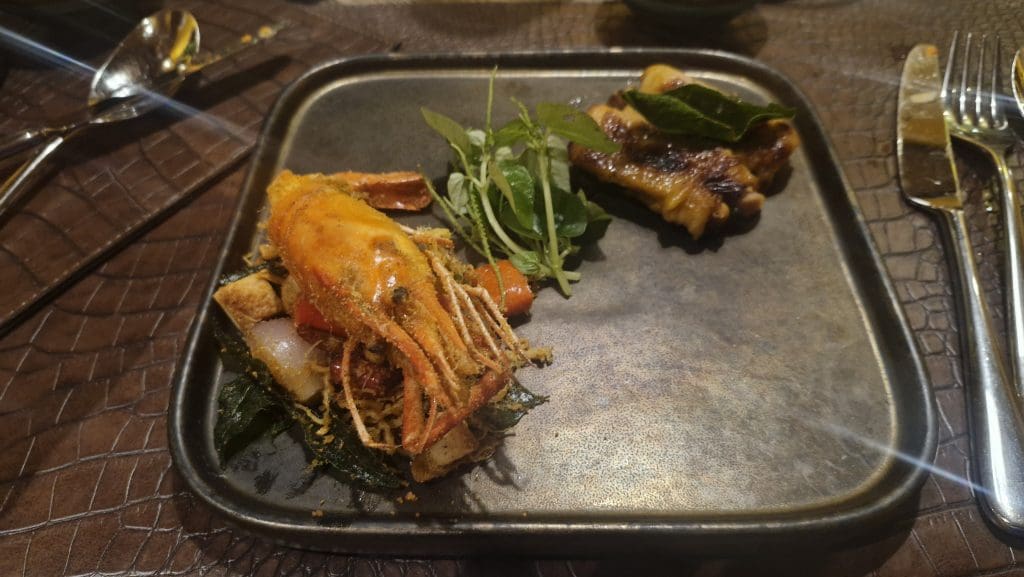
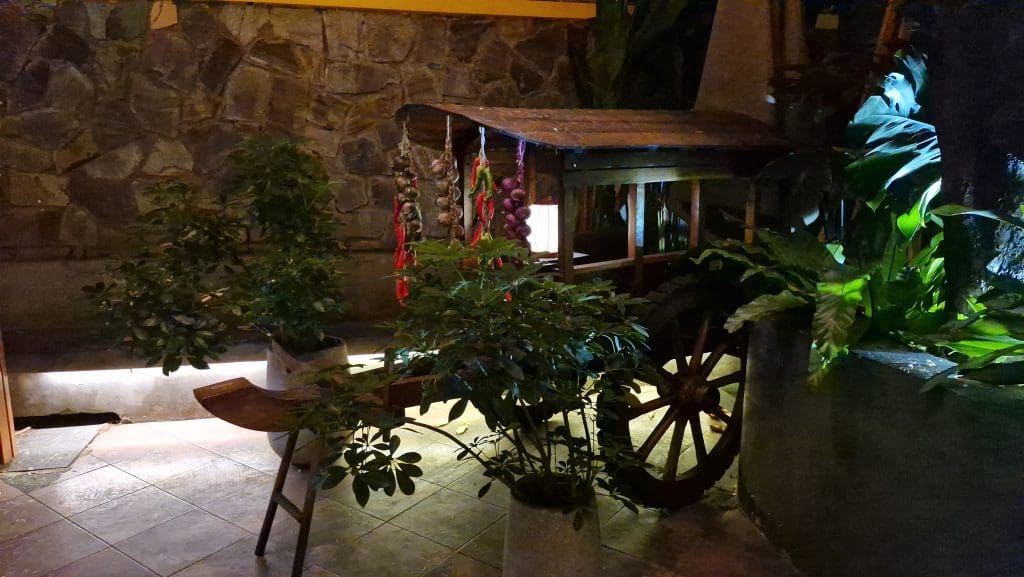
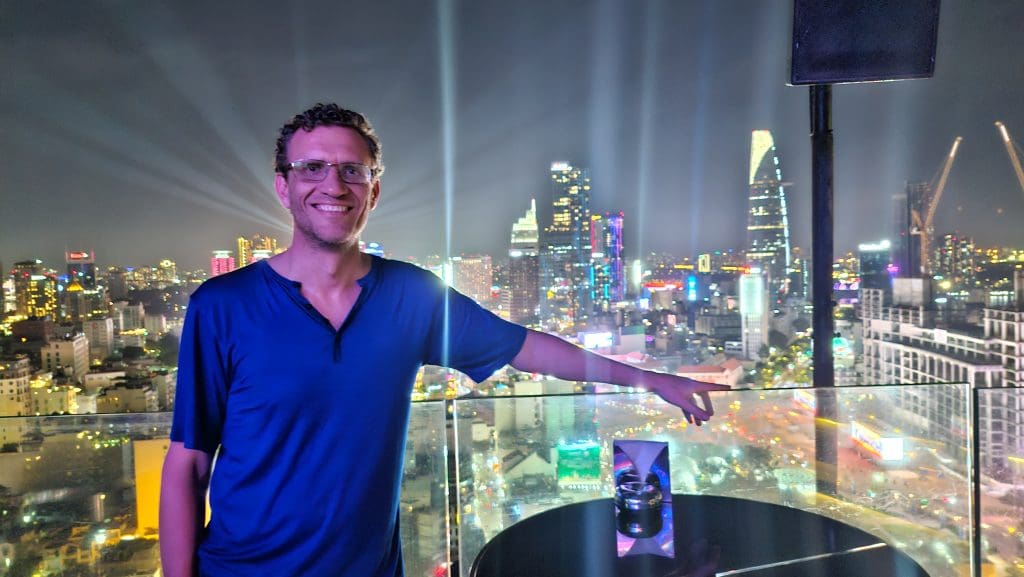
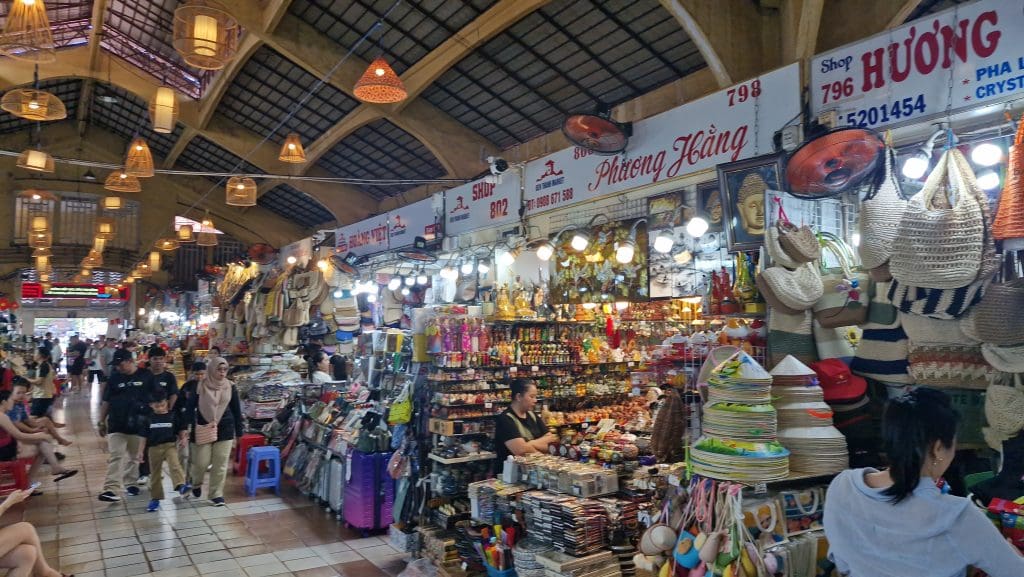
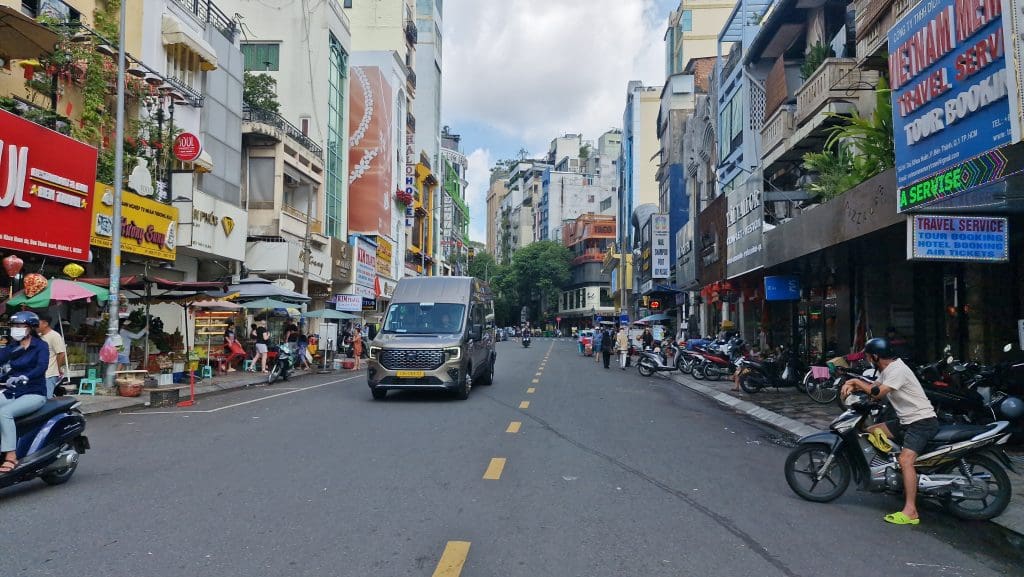
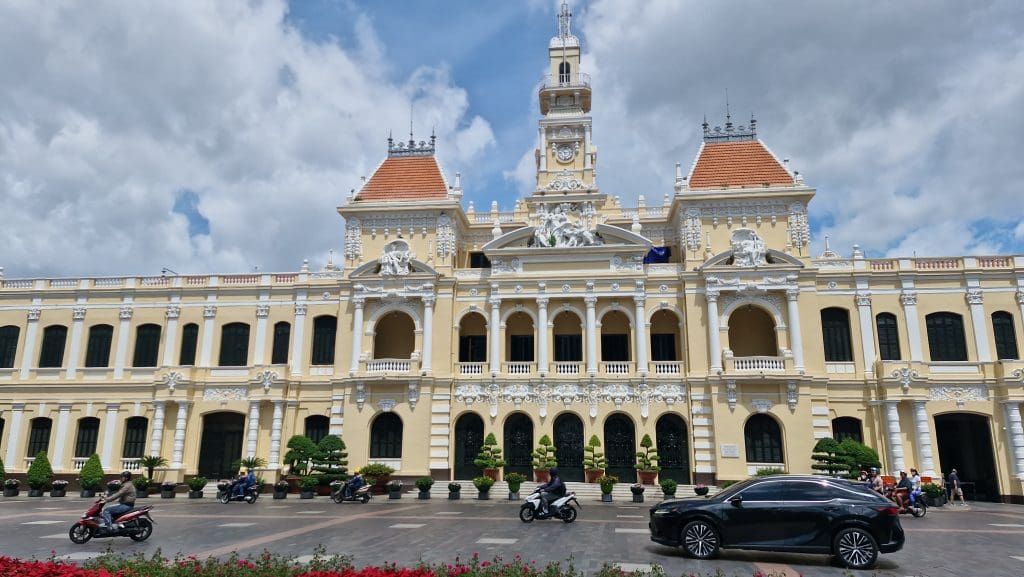
Ho Chi Minh City, still often called Saigon, is Vietnam’s largest and busiest centre. With around 15 million people, it has a very different feel to Hanoi. The layout is broader and more modern, the boulevards wider, and the sense of order stronger. Yet the energy is still relentless, a city that never really slows down.
Architecture here tells the story of French, American, and Vietnamese influences layered together. The Central Post Office, designed by Gustave Eiffel, is a reminder of colonial ambition. Nearby, the Notre Dame Cathedral of Saigon is under renovation until at least 2027, its spires wrapped in scaffolding. Between them, Book Street is a cultural hub where students gather at cafés, browse stalls, and hold debates in the open air.
Markets are a contrast to Hanoi. They lean more heavily toward imitation goods and the bargaining is harder work. The vendors are pushier and less flexible. It is part of the city’s edge but not the highlight.
Food, however, is a highlight. Banh mi here comes stuffed with pâté and sweet sauces, a southern twist on a national icon. Dining options range from street vendors to refined restaurants in colonial villas. I ate one evening in a former presidential home where the set menu reimagined traditional dishes in a fine-dining style.
Ho Chi Minh is a city for couples or groups more than young families. The pace is fast, the traffic heavy, and the historical sites lean toward serious themes. But as a counterpoint to Hanoi, it completes the picture.
Sidebar: War and Memory
For many travellers, the history of the Vietnam War is central to their time in the south. The Cu Chi Tunnels give a sense of the scale and endurance of guerrilla warfare. The War Remnants Museum is sobering, with graphic photography and exhibitions that can be difficult to take in. The Reunification Palace preserves the atmosphere of the 1970s, from its conference halls to the underground bunkers.
These sites are powerful, but not for everyone. They can be confronting and may not suit younger families. Couples or solo travellers often find them deeply moving, adding weight and context to their journey.
Mekong Delta
If Halong Bay shows Vietnam’s natural grandeur, the Mekong Delta shows its lifeblood. This was, unexpectedly, the highlight of my trip.
The delta is a flat expanse of rivers, canals, and islands where life is tied to the water. A day here takes you through orchards heavy with fruit, stilt houses perched above muddy banks, and floating markets where trade still flows from boat to boat. You can watch coconut candy being made, sit in a sampan under palm fronds, and taste tropical fruit straight from the source.
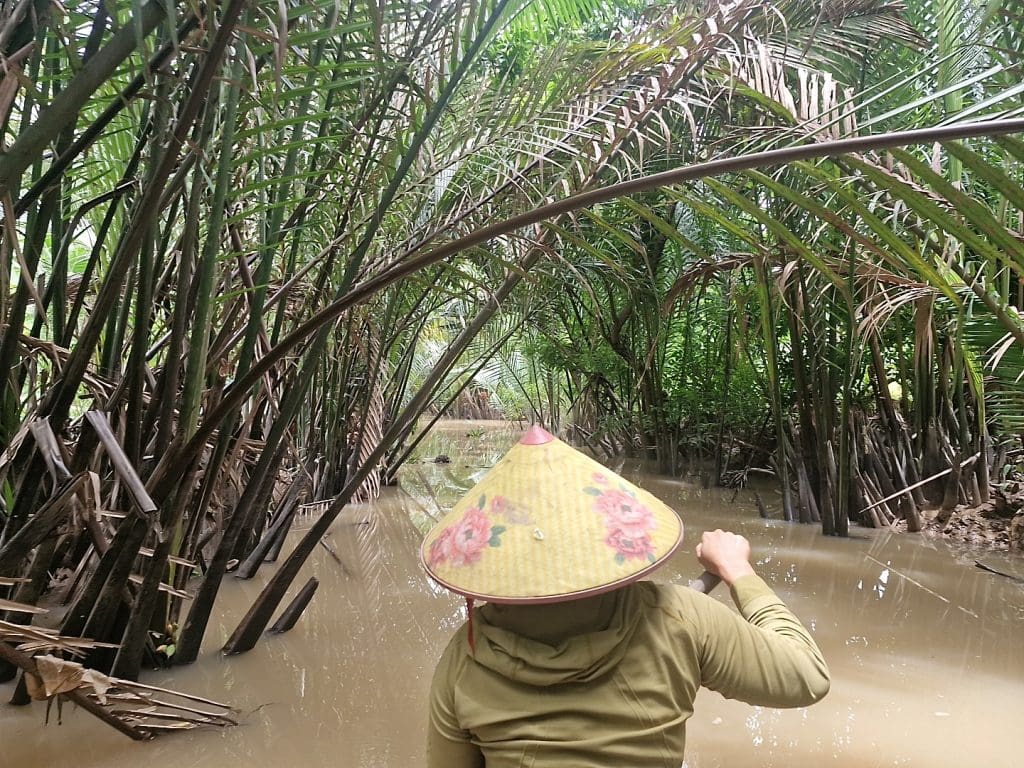
What makes the Mekong compelling is the mix of sensory detail — the heavy humidity, the smell of jackfruit and durian, the constant movement of the river. It feels both timeless and fragile, caught between tradition and modern tourism. Some markets are authentic, others staged for visitors. Choosing the right operator matters.
A day trip from Ho Chi Minh City is possible, but an overnight stay adds more depth. Watching the river at dusk, with life carrying on around you, is something that lingers.
Practical Vietnam Travel Advice
Visas
For most travellers, the e-visa is the easiest option. Since 2023, Vietnam has expanded this to 90 days with multiple entries. It’s straightforward online, but apply a couple of weeks ahead to avoid last-minute stress.
Costs
Vietnam remains extraordinary value. A Michelin-recognised bowl of pho in Hanoi cost me the equivalent of $4.50 NZD. Accommodation ranges widely: boutique hotels in Hoi An or Hanoi can be under $150 NZD a night, while five-star resorts in Da Nang or Phu Quoc are a fraction of what you’d pay elsewhere in Asia.
Transport
Domestic flights are efficient, with multiple daily connections between Hanoi, Da Nang, and Ho Chi Minh City. Trains are possible but slower. On the ground, private drivers and guides make a huge difference — both in saving time and in smoothing over the everyday challenges of navigating traffic or timetables.
Families vs Couples
Some sites lean toward couples and older travellers: the Ho Chi Minh Mausoleum, War Remnants Museum, and Temple of Literature can be heavy for younger children. On the other hand, lantern releases in Hoi An, boat rides in the Mekong, and time on the beach in Da Nang or Phu Quoc are excellent for families.
Guided vs Ad Hoc
Travelling independently is possible, but a good guide reshapes the entire experience. They cut through friction, adapt to your energy, and bring the culture alive. For a destination as layered as Vietnam, that’s worth the investment.
Sidebar: Medical Tourism
One unexpected part of this trip was touring Vinmec International Hospital in Hanoi. Medical tourism is growing rapidly here, and after seeing the facilities it’s easy to understand why.
In a single day, you can have a full diagnostic package: CT, MRI, bloods, EKG, and consultations with specialists, all coordinated into one report. Costs are remarkably low compared with New Zealand or Australia. A knee replacement, for example, averages $17,000–20,000 NZD here versus $35,000 back home. Most procedures can be done immediately rather than waiting months or years, and many are covered by international insurance.
Vinmec offers three service levels, from comprehensive basic packages to VIP care with private suites. The quality of the doctors and facilities was on par with anything I’ve seen internationally. For clients, the option to pair a Vietnam holiday with medical peace of mind — diagnostics, dental, even surgery — is something I’ll be raising more often in the future.
Suggested Itineraries
1. Classic Vietnam (12 Days)
Ho Chi Minh City – Hoi An – Da Nang – Hanoi – Halong Bay
This follows the same route I took, but in reverse and at a pace that makes sense. Three nights in Ho Chi Minh, three in Hoi An, two in Hanoi, and two on an overnight Halong Bay cruise, with travel days in between. It balances city, culture, food, and natural wonders without the rush of my seven-night sprint. You wouldn’t go wrong to add on Sapa and Ninh Binh to this as well (detailed more below).
2. Central and Northern Vietnam (10–12 Days)
Hoi An – Da Nang – Hanoi – Halong Bay
Begin in Hoi An for three or four nights, then fly north. Spend two nights in Hanoi and two on Halong Bay. This version keeps the focus away from the south and can easily add extensions. Add-ons like Sapa or Ninh Binh work well here, offering mountain scenery or inland karst landscapes as contrast.
3. South and Central Vietnam (10–14 Days)
Ho Chi Minh City – Mekong – Dalat – Da Nang – Hoi An
Begin in Ho Chi Minh and the Mekong, then head into the cooler highlands of Dalat before flying to the coast. Split your time between Da Nang’s beaches and Hoi An’s lantern-lit streets. A mix of city, river, mountains, and coast that works well for couples or families wanting variety.
Add-Ons
- Sapa: High in the north near the Chinese border, Sapa is a mountain town surrounded by rice terraces and ethnic minority villages. Trekking and cultural immersion are the drawcards. Best in cooler months, not ideal during the rainy season.
- Ninh Binh: Sometimes called “Halong Bay on land,” Ninh Binh has karst cliffs rising from rice paddies and winding rivers navigated by sampan. Temples and pagodas dot the hillsides. Great as a two-night addition from Hanoi.
- Dalat: In the central highlands, Dalat is a former French hill station with a cooler climate, colonial villas, pine forests, and coffee plantations. Known for adventure sports and fresh produce, it feels like a different Vietnam.
- Phu Quoc: Off the southern coast, Phu Quoc is Vietnam’s largest island. White-sand beaches, clear water, and resort developments make it the country’s main island escape. Excellent for families or as a restorative ending after touring.
- Nha Trang: A coastal city known for long beaches, diving, and nightlife. More built-up than Phu Quoc, appealing for travellers who enjoy a livelier seaside setting.
Closing Reflection
Vietnam rewards curiosity. In a single trip you can move from the lantern-lit calm of Hoi An to the energy of Ho Chi Minh, from the silence of Halong Bay at night to the relentless buzz of Hanoi’s streets. The food, the history, the human warmth — all are reasons to come.
This trip was short, a return after more than a decade, but enough to remind me of Vietnam’s range and value. It also showed me new directions — wellness and medical tourism, new highways, new resorts — alongside traditions that continue much as they always have.
For clients and readers, I hope these notes give a sense of how Vietnam feels, not just what it looks like on a map. With the right itinerary, it’s a country that lingers in memory long after you return home.